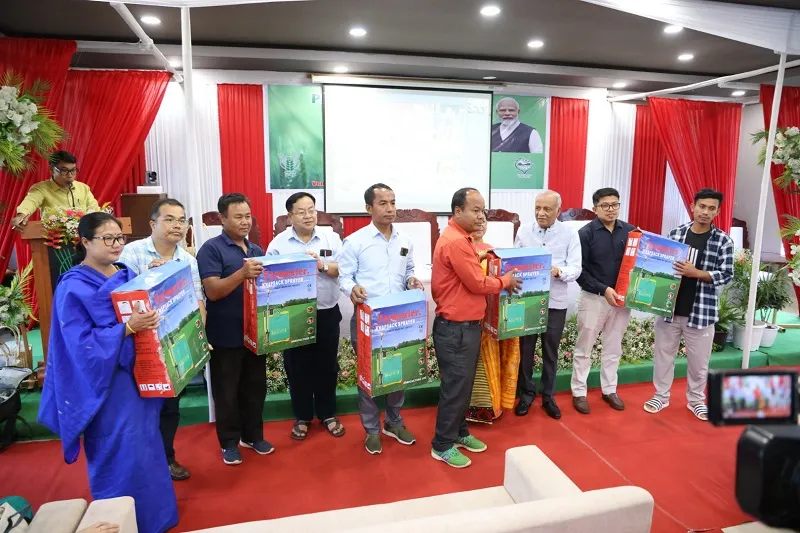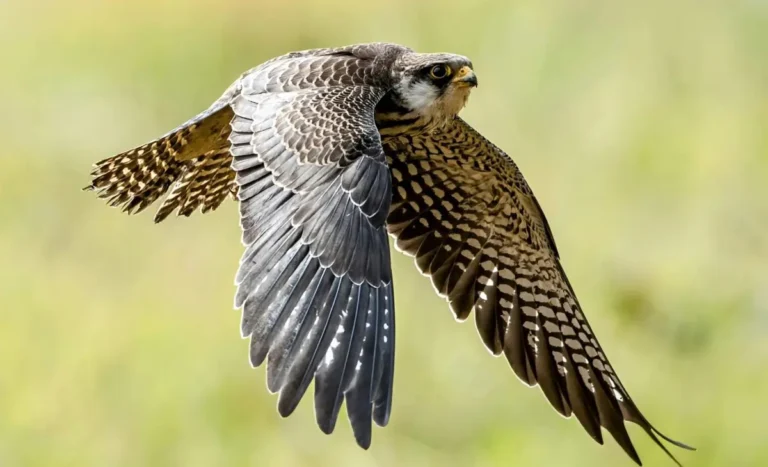Manipur Governor Participates In PM-KISAN 20th Instalment Laaunch; Over ₹18 Crore Disbursed To 74,963 Farmers
Summary
In a brief overview, Manipur Governor Ajay Kumar Bhalla participated in the launch of the 20th instalment of the Pradhan Mantri Kisan Samman Nidhi (PM-KISAN) scheme for the state, during which a total of ₹18,09,88,000 was disbursed directly to the bank accounts of 74,963 eligible farmers in Manipur.
Introduction
Ever wondered how a small farmers’ cheque can ripple through an entire community? That’s exactly what happened when Manipur Governor Ajay Kumar Bhalla kicked off the 20th instalment of the PM-KISAN Yojana in the state. Picture this: nearly ₹18 crore streaming into the accounts of almost 75,000 farmers overnight, fueling dreams, livelihoods, and a greener tomorrow. But this instalment wasn’t just about numbers—it was a testament to the government’s commitment to those who feed the nation.
The 20th Instalment: A National Milestone
On August 2, 2025, in a high-profile event from Varanasi, Prime Minister Modi released the 20th instalment of PM-KISAN, marking a watershed moment for the scheme . In this round:
- Total Disbursement: Over ₹20,500 crore
- Beneficiaries Nationwide: More than 9.7 crore farmers
- Mode: Transparent Direct Benefit Transfer (DBT)
This isn’t just a cheque drop; it’s a strategic investment in food security, rural prosperity, and technological transparency—SMS alerts, Aadhaar-based KYC, and land‐record authentication ensure the money reaches the right hands
Manipur’s Moment: ₹18.09 Crore for 74,963 Farmers
While the national headline focused on crores and crores of rupees, Manipur had its own homegrown triumph. Governor Bhalla, acting as the Chief Guest, presided over the state-level launch where:
- Amount Disbursed in Manipur: ₹18,09,88,000
- Number of Farmers Benefited: 74,963
Just imagine: nearly ₹19,000 flowing into the pockets of each of Manipur’s hardworking farmers. It’s enough to buy high-yield seeds, upgrade irrigation pumps, or maybe finally purchase that much-needed small tractor. For a state where agriculture underpins livelihoods, this is a shot of adrenaline straight into the rural economy
The Governor’s Role: More Than Just a Ribbon-Cutting
Sure, ribbon-cuttings make for nice photos—but there’s more to a Governor’s participation. When Ajay Kumar Bhalla stood on stage, he wasn’t just endorsing a scheme; he was embodying a bridge between the grassroots and the highest offices of the land. His presence:
- Legitimizes the process, driving farmer confidence
- Amplifies media attention, spreading awareness about enrolment
- Reassures that the state government stands shoulder-to-shoulder with its farmers
It’s like having your town’s mayor vouch for your school fundraiser—suddenly everyone pays attention.
How Does PM-KISAN Work? The Nitty-Gritty
Ever wondered why the money arrives like clockwork? Here’s the lowdown:
- Registration & Verification: Farmers register on the PM-KISAN portal, linking their Aadhaar and bank accounts.
- DBT Mechanism: Funds are transferred directly via DBT—no middlemen, no leakages.
- SMS Alerts & Transparency: Beneficiaries receive real-time SMS notifications upon credit.
- KYC & Land Records: Periodic checks ensure only genuine farmers benefit.
This digital ecosystem, akin to a well-oiled machine, transforms a once paper-heavy bureaucracy into a lean, transparent process.
Conclusion
From the national stage in Varanasi to the rice paddies of Imphal, the 20th instalment of PM-KISAN has carved a new chapter in India’s agricultural narrative. Governor Bhalla’s participation in Manipur wasn’t merely ceremonial—it was a clarion call for farmer empowerment. As the rupee notes land softly in 74,963 accounts across Manipur, the real harvest is hope—the conviction that, with the right support, India’s farmers can sow a brighter tomorrow.
FAQs
- Who is eligible for PM-KISAN benefits?
All small and marginal land-holding farmers in India, with holdings of up to 2 hectares, are eligible after completing Aadhaar-based KYC and registration. - How often is the PM-KISAN instalment released?
Payments are made three times a year—April, August, and December—each worth ₹2,000, totaling ₹6,000 annually. - How can farmers check if they’ve received the instalment?
Beneficiaries get SMS alerts upon credit; they can also log into the PM-KISAN portal and view their payment status. - What happens if a farmer’s KYC details are incomplete?
Payments are paused until the farmer completes the mandatory e-KYC and land-record authentication, after which pending instalments are credited. - Can tenant farmers benefit from PM-KISAN?
Currently, only landowners are covered. Efforts are ongoing to explore extending benefits to tenant cultivators in the future.





